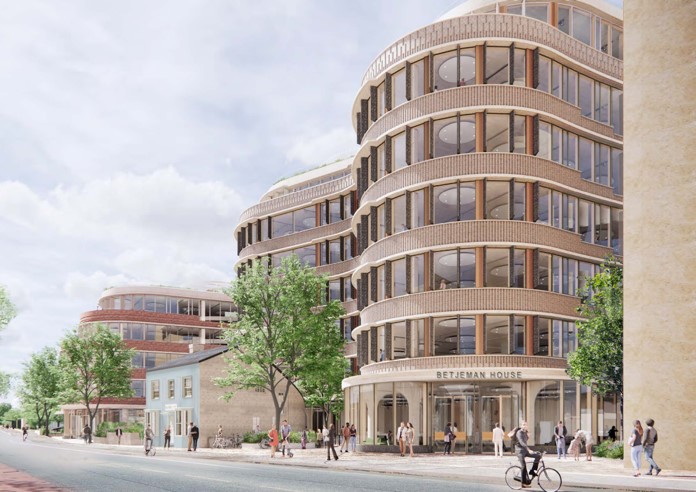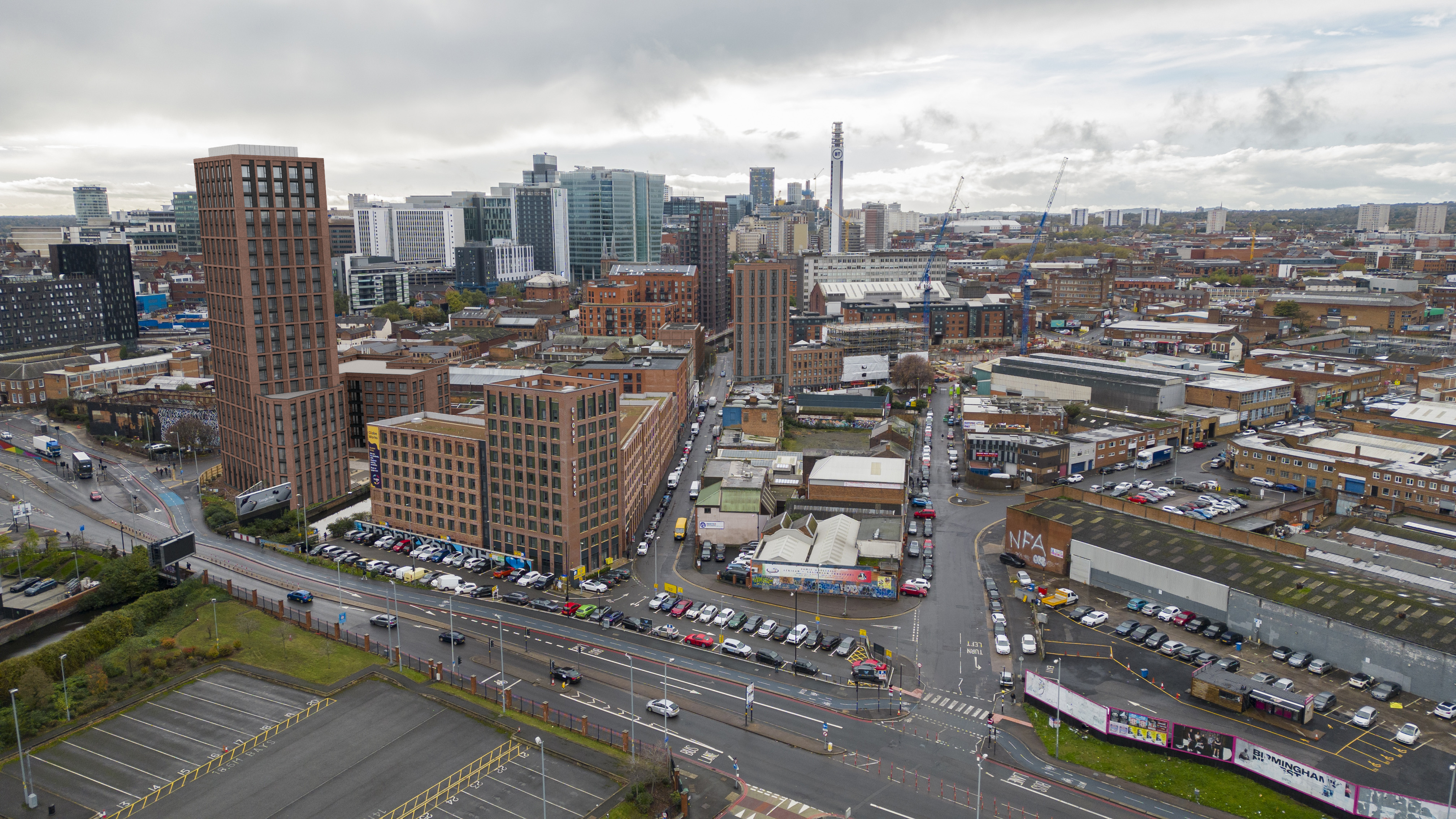While Dickens’ masterpiece has sat for years on my bedside table, me unable to bring it to an end, I reflect on the absurd parallelism between its introduction (I promise I have read a little further than that!) and the planning world we live in:
‘It was the best of times, it was the worst of times, it was the age of wisdom, it was the age of foolishness, it was the epoch of belief, it was the epoch of incredulity, it was the season of Light, it was the season of Darkness, it was the spring of hope, it was the winter of despair...’.
Please bear with me and my not-Dickensian writing skills while I tell you the tale of three cities in the ever-so-relevant world of tall buildings. Skyscrapers are at the forefront of the planning system within cities and towns keen to evolve and sustainably increase densities within vibrant city centres.
But what is a skyscraper? As it turns out, the concept of “tall” is as subjective and variable as the one of “beauty”, the two often discussed together.
In my experience of producing townscape and visual assessments around England, we can identify three urban typologies.
The Historical City
This is the tale of places like Cambridge, Oxford or Norwich where place identity is so deeply connected to their heritage qualities. In these contexts, townscape change needs first to consider the impact on the historical assets of the city or town. Here a tall building is often not that tall! Take Cambridge, for example: seven storeys could really rock the planner’s world.
For a successful planning application, it is therefore critical to engage with townscape and heritage experts as early as possible in the design process to ensure harm to the historical sense of place is managed and mitigated as necessary.

104-122 Hills Road, Cambridge
The Growing City
This is the tale of medium to large-scale cities and towns that are developing their identity and seeing the opportunity to build a distinctive skyline. Places like Nottingham, Birmingham, or Derby have already started to develop tall building strategies which have few height limits but are carefully considering the location of the proposals in order to promote sustainable growth of the local communities.
The design approach is therefore focused on the “where” and “how”. Townscape and heritage experts will therefore lead the design process to be context-led and ensure that the proposal is appropriate to the surrounding townscape character.

Cliveland Street, Birmingham
London
This London could not be any further away from Dickens’ conservative and old-fashioned London (I told you I read more than the intro!). This is the tale where skyscrapers in their true form shine; where innovation applied to architectural design is at the forefront; where planners are not afraid. But: not all tales have a happy ending, even in London!
The City of London built its place identity on a distinctive skyline, which shows how modern can coexist with heritage peacefully and elegantly. However, this is such a fine balance that it can be easily ruined by the wrong choice. The Tulip is the most recent example of an attempt to tilt this balance, where the impact on the heritage assets and compromised visual attractiveness crashed the iconic proposal of F+P.
In this instance, it is crucial to employ Townscape and heritage experts during the design process to provide a holistic review of the proposal within the distinctive context of London’s skyline and historical townscape.
In conclusion, there is a common thread through the three tales: high-quality design. And a lesson to be learned: responding to context to achieve high aesthetic quality is key to the integration of tall buildings within the three city types. This is the secret to making sense in the discordant, Dickensian planning world we live in. It might be ‘the best’ or ‘the worst’ of times, but support and consent are led by high-quality design.




















